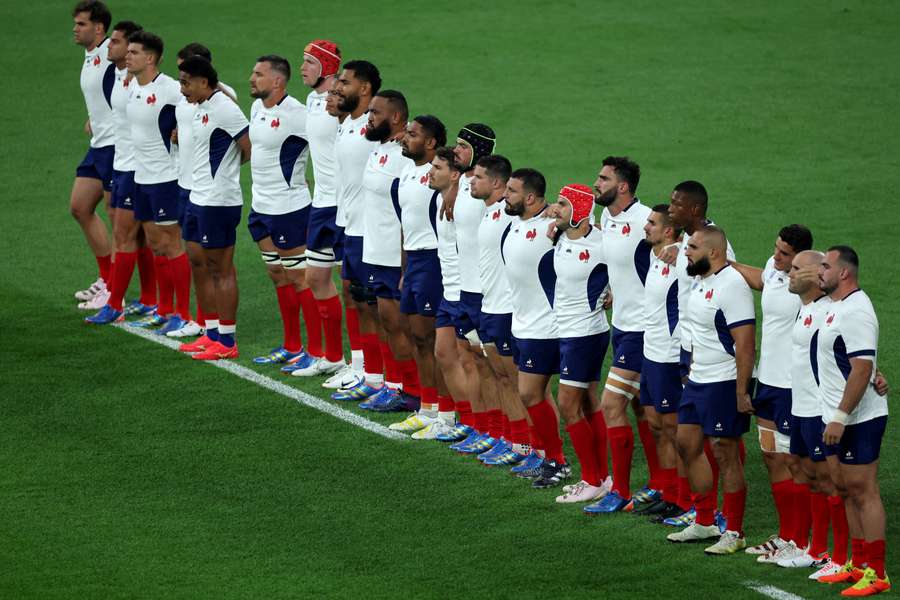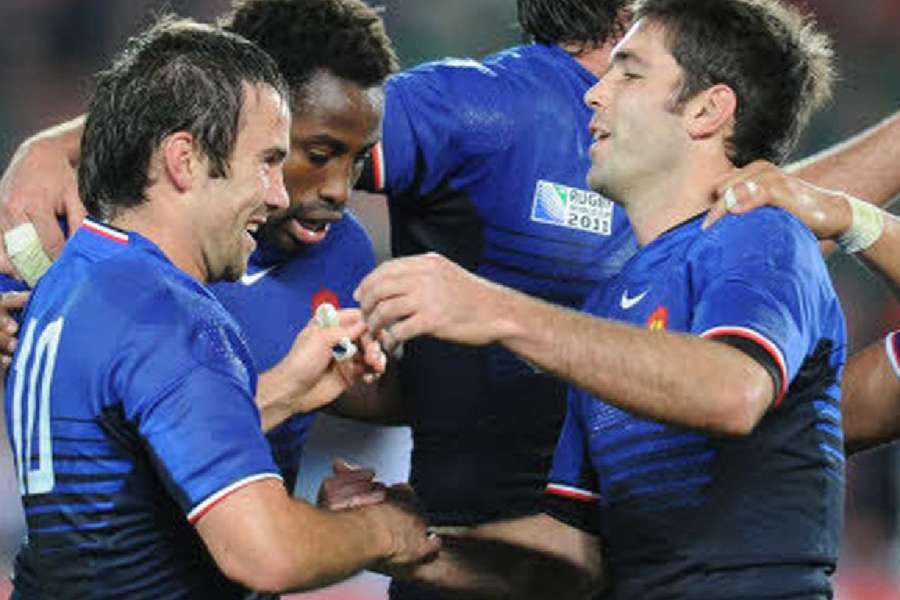How France built a pool of some of the best players in the world

There was a time... that anyone under 20 can relate to. The middle of the 2010s, with its share of disappointments for the French national team. But while Philippe Saint-Andre can be criticised for many things, one thing is certain: he had less talent at his disposal.
On Friday evening, four names were missing from the line-up for the opening match of the World Cup. Cyril Baille, Paul Willemse, Jonathan Danty and Romain Ntamack were all injured and unavailable. Then, 10 minutes after the start, Julien Marchand pulled out of the match, jeopardising his chances of playing further into the tournemant.
A third of the standard team on the sidelines could be a huge setback. Yet, as if on cue, Les Bleus stayed the course and inflicted a first World Cup pool defeat on the All Blacks. More than the victory, it is the depth of the team's performance that is to be applauded.
Because 10 years ago, that was not the case. Especially in the key positions. The 2 - 8 - 9 - 10 - 15 axis is often referred to as the backbone of a team, and for Les Bleus, the 10 and then the 2 were missing. The replacements did the job, and we look back with disdain to 2011, when Morgan Parra lined up as a 10 in the final, for want of anything better.

France is now bursting with talent in these positions. When Romain Ntamack's injury was announced, the panic was relative. Because there was a choice between Matthieu Jalibert and Antoine Hastoy, because Thomas Ramos is a credible alternative in this position if there is a problem during the match, because promising fly-halves like Segonds and Carbonnel are at home, because Camille Lopez was available as a last resort, Fabien Galthié had no reason to tremble.
It's a long way from the 2015 quarter-final against the Blacks, when Saint-André fielded an injured Frederic Michalak at fly half instead of Remi Tales. Two implausible options, and a deserved spanking. Having a French opener of international calibre in your squad is a must in the Top 14. And there's a reason for that.
The famous JIFF, Joueurs Issus de la Formation Française. To be considered a JIFF player, you must either have spent five seasons as a member of the French Rugby Federation before the age of 21, or have spent three seasons at a training centre between the ages of 16 and 21. Each club must therefore have at least 55% JIFF players in its benchmark squad. A requirement that has regenerated French rugby.
The rule was introduced in the early 2010s, and not everyone was in favour of it. A certain Bernard Laporte was fiercely opposed to it. Then manager of Toulon, he won three Champions Cups in a row, the last in 2015, by fielding 4 Frenchmen in a starting XV packed with foreign stars. When he became president of the FFR, he went on to boast about the richness of French rugby.
But it has to be said that this rule has been effective. Whereas in the 2000s, clubs would go looking for a foreigner to fill a key position, now they have more freedom to launch a local prospect, who will inevitably progress by playing at a high level. When you think about it, having to force this kind of behaviour, which makes sense, to perpetuate French training...
Today, there is probably no position in the French national team where the incumbent does not have a credible alternative in the event of injury. The Top 14 is homogeneous, despite all the latent calendar problems. A long-term plan that has been put in place at just the right time and is bearing fruit. We'll have to salute it again if we win the title.
